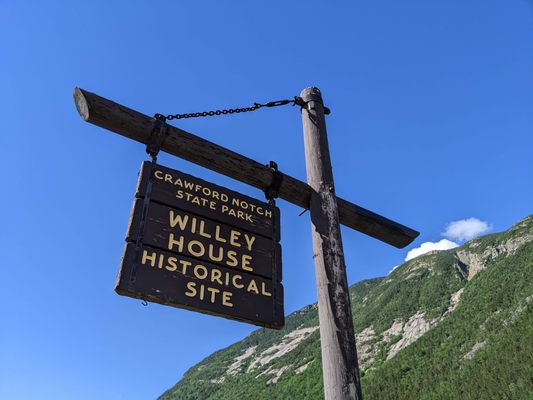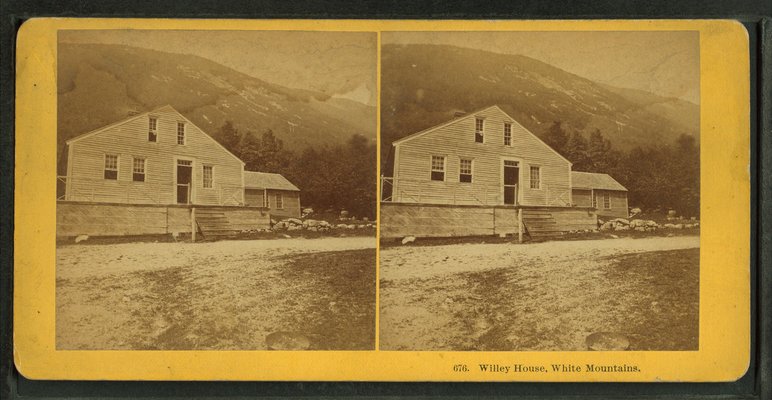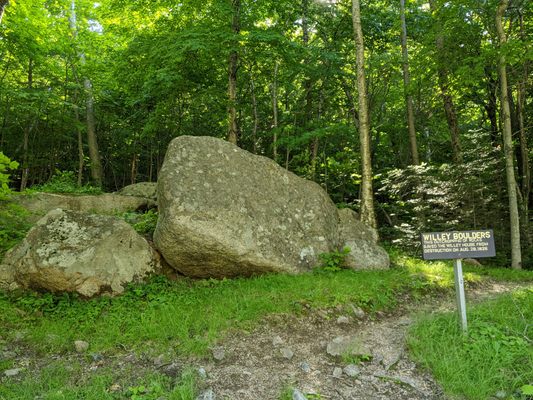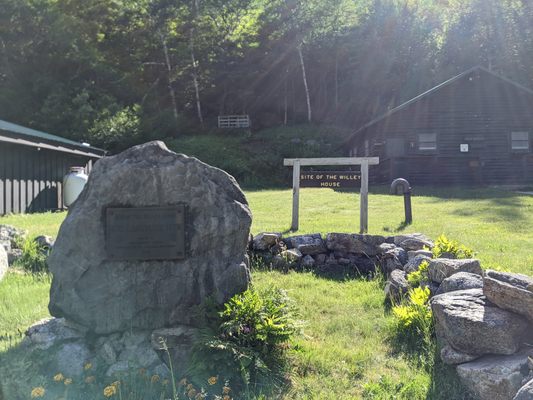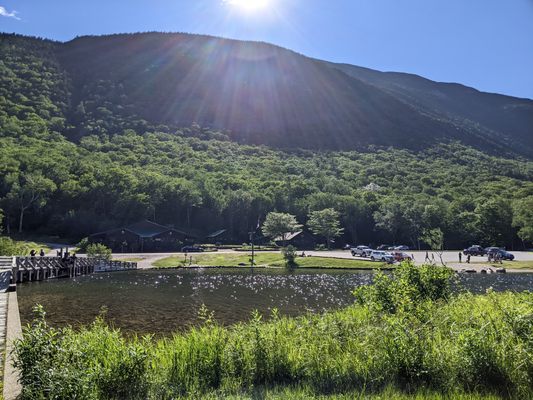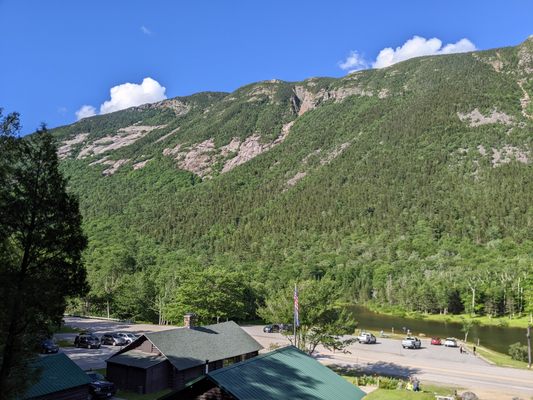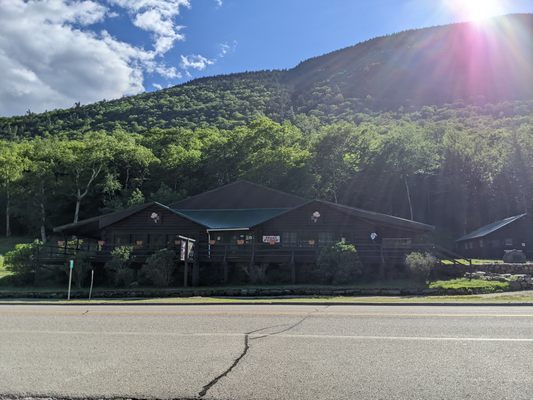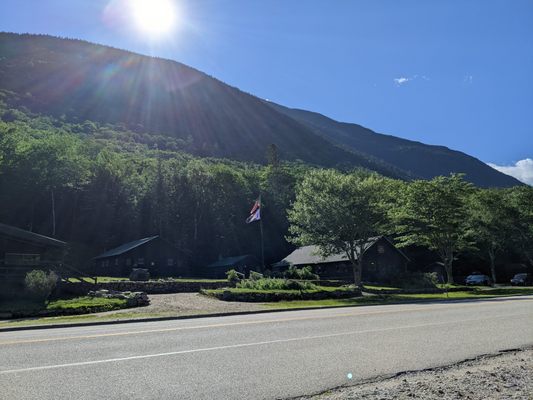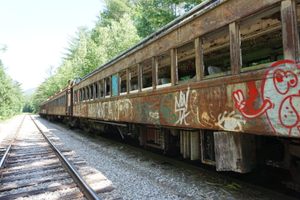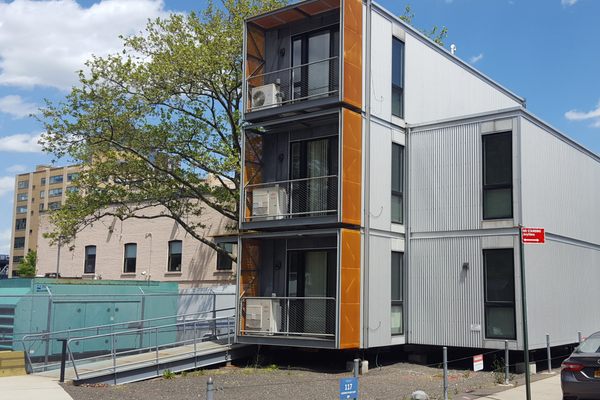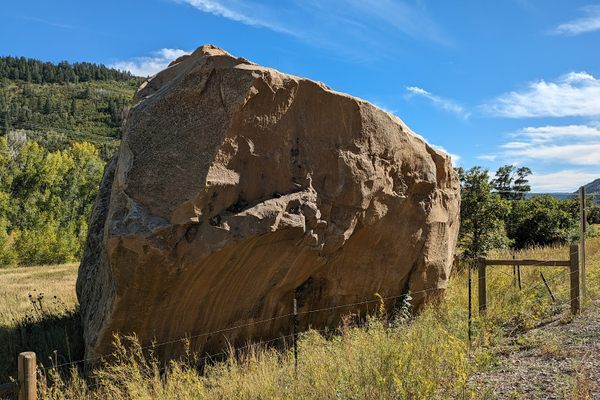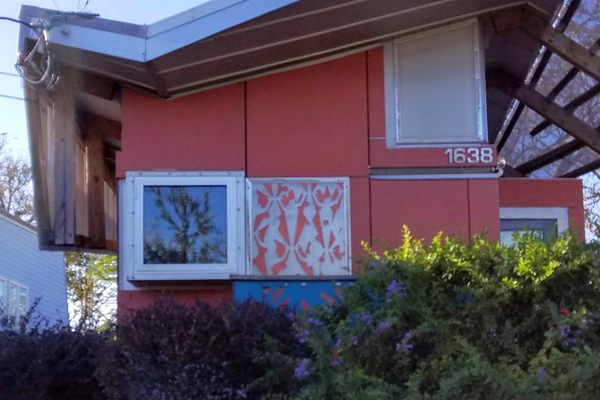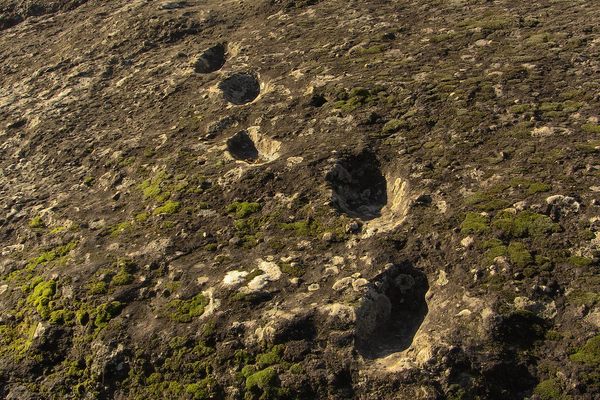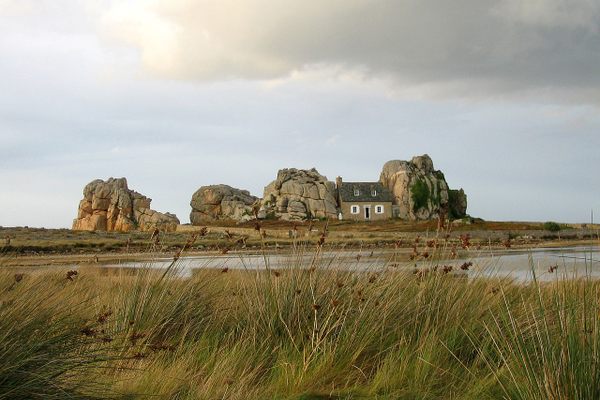About
Sometimes fortune favors the prepared. Sometimes, the best-laid plans fail. Such is true of the Willey family, the “First Family of Crawford Notch” in New Hampshire’s majestic White Mountains.
Crawford Notch, the mountain pass that runs through the northern part of the Granite State, is famous for its breathtaking views and fun hiking trails, as well as its historic sites. One, commonly known as the Willey family cabin, is home to one of the White Mountains’ most gripping mysteries.
In the fall of 1825, Samuel Willey, Jr., his wife, and their five children moved from nearby Bartlett to Crawford Notch. By early 1826, Willey and two hired men had transformed their modest abode into an inn for travelers navigating the then-remote Notch. Sitting at the base of a large mountain (today called Mt. Willey) and across from the sparkling Ammonoosuc River, the inn quickly became a welcome retreat for weary trekkers.
The Willey family understood that they were always at the mercy of Mother Nature, however, and in June of 1826, they witnessed a violent landslide near their house during a heavy rainstorm. Seeing the destruction it caused, Samuel Willey, Jr. immediately built a cave-like shelter near his family’s cabin, intending it to be a safe haven during landslides, mudslides, or any other acts of nature that’d endanger his family.
Two months later, on August 28, one of the most violent storms in the state’s history shook the White Mountains. The nearby Saco River reportedly rose 20 feet in one night. On August 30, friends and relatives of the Willey family, worried by a lack of communication, visited the cabin to check on the family. What they found was shocking.
An enormous landslide had ravaged the area around the Willeys' cabin. Mr. and Mrs. Willey, two of their children, and the two hired men who lived with them were crushed to death. Despite extensive efforts, searchers never found the other three children. All that remained of the Willey family was their pet dog and, somehow, their cabin.
In a twist of irony, the Willey House stayed perfectly intact through the landslide. As luck would have it, a rock that jutted out of the mountain directly behind the cabin split the landslide in two, diverting it around the Willey home. While the Willeys' fields were practically ruined, the cabin didn't have a single broken window, overturned glass, or scraped brick.
Those who arrived at the initial scene reported that the beds inside appeared to have been left in a hurry. Many historians hypothesize that the family was attempting to flee to the aforementioned cave-like shelter Samuel Willey, Jr. built; others suspect they tried to ascend the mountain to escape the rising floods.
After the tragedy, the Willey House became a morbid sort of tourist attraction for White Mountain tourists. The cabin remained a functional inn until a fire burned it to the ground in 1898. The state government later bought the property and managed it within the New Hampshire State Parks service, which preserves the property and the Willeys' legacy to this day. Tourists still flock to the site and nearby Dry River Campground for its stunning views and fascinating history.
Related Tags
Know Before You Go
Admission is free and there is plenty of parking.
Community Contributors
Added By
Published
August 22, 2022
